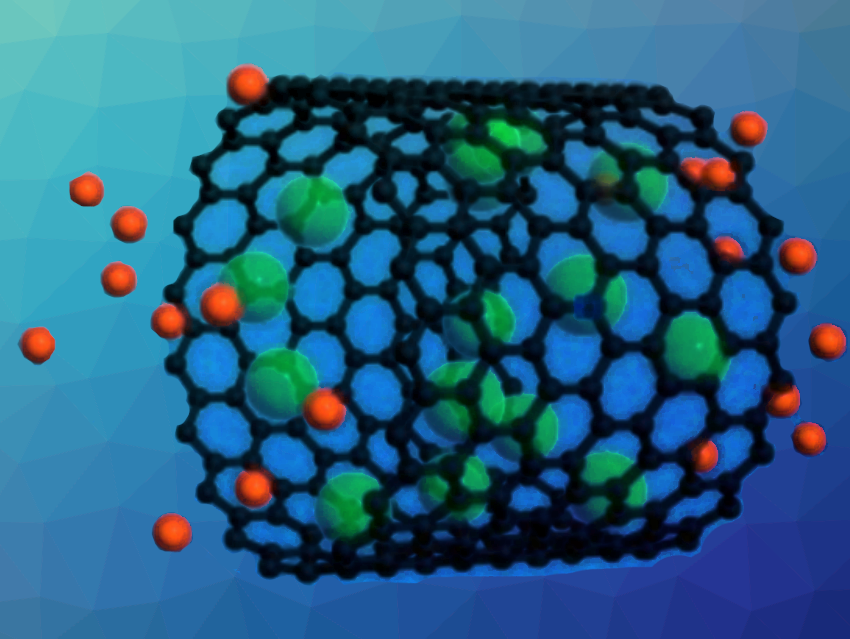Supercapacitors are energy-storage devices that complement rechargeable batteries, and could even partially replace them. Current supercapacitors do not have sufficient energy density, so they don’t last long enough. A novel approach for making a supercapacitor with a “breathing” electrode is far superior. As the team that developed it explain. They drew inspiration from a lizard that brings along an air bubble to breathe from when it dives under water.
Supercapacitors for Electrical Energy Storage
Today, the applications for supercapacitors include compensation for short-term power outages in facilities like hospitals or data processing centers, and buffering for consumption spikes by electronic devices. Supercapacitors that are charged by braking energy help modern streetcars and buses to save electricity. They are also increasingly of interest to the solar energy industry for stabilizing voltage fluctuations.
In contrast to rechargeable batteries, supercapacitors are the “sprinters” of energy storage: they can produce very high currents in a very short time (high power density). However, they are poor “long-distance runners” because, even with low electricity usage, they don’t last very long (low energy density). Modern electric energy storage needs to combine both traits, and have a low weight. Unfortunately, methods for increasing energy density have so far always come at the cost of power density—the stumbling block for the advancement of supercapacitors.
Supercapacitor Breathes Like a Lizard
A team led by Long Chen, Cheng Lian, Xiangwen Gao, and Chunzhong Li at East China University of Science and Technology, Shanghai, China, and the University of Oxford, UK, has begun to overcome this challenge. Their inspiration came from a little lizard. Anolis lizards live on land but can also breathe underwater when they dive in search of food. To do this, they bring along an air bubble that is attached to a layer of scales on their head. Under water, they repeatedly breathe this bubble in and out.
The newly developed electrode made of porous carbon materials (most favorable were multi-wall carbon nanotubes with pores of about 3 nm in diameter) can also hold onto a layer of gas when it is submerged in a solution of table salt as electrolyte. The gas used isn’t air, however, it is chlorine.
During charging and discharging, this electrode undergoes a redox reaction in addition to the charge separation usual for supercapacitors. Upon charging, the electrode transfers electrons to the chlorine gas, reducing chlorine to chloride ions, which go into solution—the electrode “exhales”. Upon discharging, the chloride ions are oxidized back to chlorine, which returns the gas to the pores of the electrode—the electrode “inhales”. By using a variety of analytical methods, the team demonstrated that no chlorine gas escapes the electrode. The very rapid reduction/oxidation and rapid mass transfer in the thin layer of gas drastically increases the energy density of the supercapacitor while maintaining an extremely high power density. The capacity remains at the same high level even after thousands of cycles.
- High Power- and Energy-Density Supercapacitors through the Chlorine Respiration Mechanism,
Xiaotong Fan, Kai Huang, Prof. Long Chen, Haipeng You, Menglei Yao, Hao Jiang, Ling Zhang, Cheng Lian, Xiangwen Gao, Chunzhong Li,
Angewandte Chemie International Edition 2023.
https://doi.org/10.1002/anie.202215342




